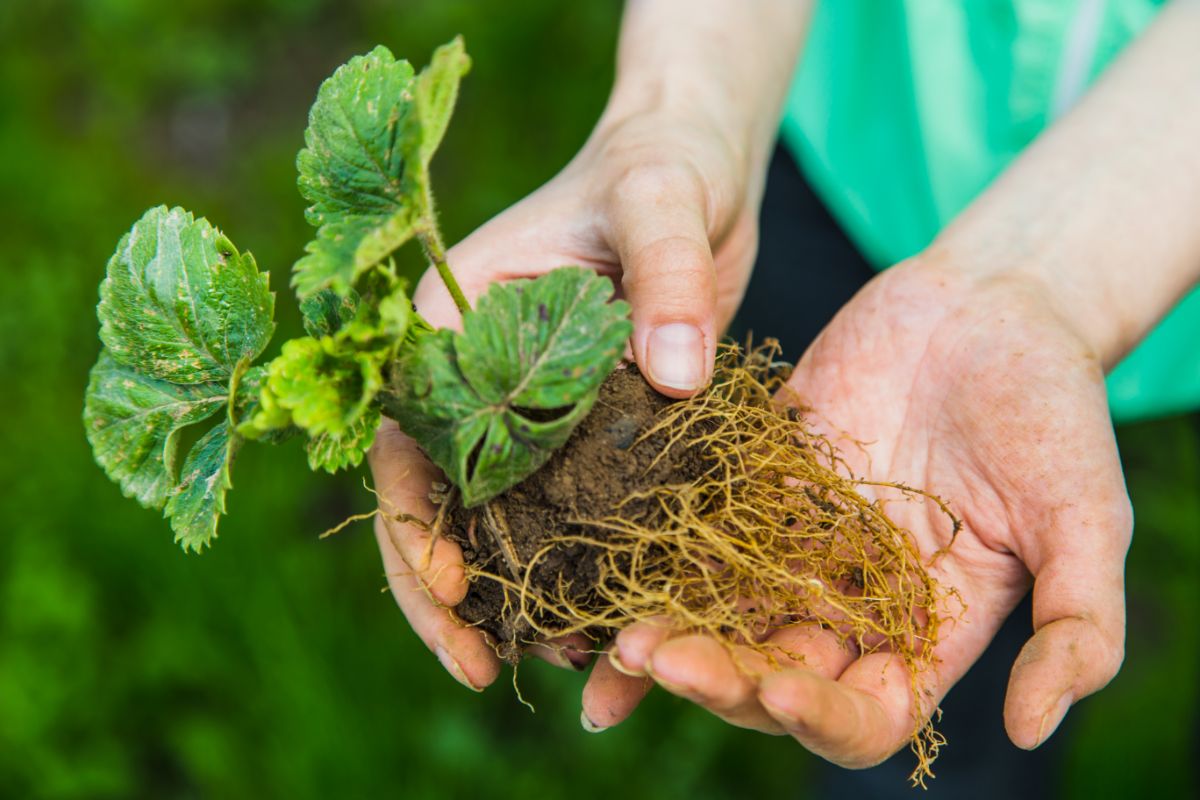

Articles
How To Store Bare Root Strawberries
Modified: May 6, 2024
Discover the best way to store bare root strawberries with our informative articles. Learn how to properly care for and preserve your strawberry plants for optimal growth and delicious harvests.
(Many of the links in this article redirect to a specific reviewed product. Your purchase of these products through affiliate links helps to generate commission for Storables.com, at no extra cost. Learn more)
Introduction
Welcome to the world of gardening, where the joy of growing your own delicious fruits and vegetables knows no bounds. If you’re a strawberry lover, you may have heard of bare root strawberries, a popular choice among gardeners. But what exactly are bare root strawberries and how do you go about storing them?
Bare root strawberries are plants that are sold without any soil around their roots. Instead, the roots are carefully packaged and protected, making them easy to store and transport. The benefits of bare root strawberries are numerous – they are more cost-effective than potted plants, have a higher success rate when it comes to growth and yield, and take up less space. However, to reap these benefits, proper storage is crucial.
In this article, we will guide you through the process of storing bare root strawberries effectively, giving you the confidence to embark on your own strawberry-growing adventure.
Key Takeaways:
- Properly storing bare root strawberries in a cool, dark, and well-ventilated environment preserves their dormancy, setting the stage for successful growth and a bountiful harvest.
- Carefully monitoring the storage conditions and following the step-by-step process of replanting ensures the optimal health and productivity of stored bare root strawberries. Happy planting!
Read more: How To Store Strawberry Roots
What are bare root strawberries?
Bare root strawberries are strawberry plants that are sold without soil around their roots. Instead, the roots are carefully cleaned, trimmed, and packaged in a way that allows them to be easily stored and transported. These plants are dormant, meaning they do not have any leaves or flowers at the time of purchase.
One of the main advantages of bare root strawberries is their affordability. Compared to potted plants, bare root strawberries are often more cost-effective, making them an excellent choice for gardeners on a budget.
Bare root strawberries also have a higher success rate when it comes to growth and yield. Since the plants are dormant when sold, they are less prone to transplant shock and have a better chance of establishing themselves in their new environment.
Furthermore, bare root strawberries take up less space than potted plants. This is especially beneficial for gardeners with limited space or those who want to maximize their growing area. The compact nature of bare root strawberries allows for more plants to be grown in a smaller space.
It’s important to note that bare root strawberries require patience and care. Unlike potted plants, they need to be stored properly until it’s time to plant them. This ensures that the roots are protected and remain in a dormant state until they are ready to be placed in the ground.
Now that we have an understanding of what bare root strawberries are, let’s explore why storing them is crucial for their success.
Why store bare root strawberries?
Storing bare root strawberries is an essential step in ensuring their success when it comes time to plant them. When you purchase bare root strawberries, they are in a dormant state, meaning they are not actively growing. Storing them allows you to preserve this dormant state until the ideal planting time, which increases their chances of thriving in your garden.
Here are a few reasons why storing bare root strawberries is crucial:
- Protection: Storing bare root strawberries provides protection for the delicate roots. By keeping them in a controlled environment, you can prevent them from drying out or being damaged during transportation.
- Timing: Bare root strawberries are typically purchased in the late winter or early spring when the weather is not yet suitable for planting. Storing them allows you to wait until the ground has thawed and the conditions are optimal for planting.
- Flexibility: Storing bare root strawberries gives you flexibility in terms of when and where you want to plant them. You can choose the most convenient time for you, whether it’s a week or a month after purchasing.
- Root development: Storing bare root strawberries allows the roots to continue developing in a dormant state. This gives them a head start and enables faster growth once they are planted.
Overall, storing bare root strawberries ensures that they remain healthy and viable until you are ready to plant them. It sets the stage for successful growth and a bountiful harvest.
Now that we understand the importance of storing bare root strawberries, let’s move on to when it’s appropriate to store them.
When to store bare root strawberries?
The timing of when to store bare root strawberries is crucial to their overall success. Proper timing ensures that the plants remain in a dormant state and are not exposed to unfavorable conditions that could harm their growth potential.
Here are some guidelines to help determine when to store bare root strawberries:
- Purchase time: Bare root strawberries are typically available for purchase during the late winter or early spring. It is important to have a plan in place for storing them once you bring them home.
- Climatic conditions: Consider the climate in your region. If the ground is still frozen, it is not suitable for planting. In this case, it is best to store the bare root strawberries until the weather warms up and the ground thaws.
- Planting schedule: Evaluate your own planting schedule and workload. If you have other gardening tasks or projects to attend to, it may be more convenient to store the bare root strawberries for a short period until you can give them the attention they need.
- Availability of planting space: Ensure that you have prepared the planting space before storing the bare root strawberries. This will allow for a smooth transition once you are ready to plant them.
It is crucial to remember that bare root strawberries should not be stored for an extended period. The longer they remain in storage, the higher the risk of damage or loss of viability. Typically, bare root strawberries should be stored for no more than a few weeks to a month.
By following these guidelines, you can ensure that you store your bare root strawberries at the appropriate time, maximizing their potential for successful growth and a bountiful harvest.
Now that we have covered when to store bare root strawberries, let’s move on to the step-by-step process of how to store them effectively.
Step 1: Preparing the storage area
Before you store your bare root strawberries, it’s important to create a suitable storage area that provides the right conditions for their dormancy. Follow these steps to prepare the storage area:
- Clean and disinfect: Start by cleaning and disinfecting the storage area, whether it’s a cellar, garage, or any other cool and dark space. Remove any debris, dust, or potential contaminants that could harm the plants.
- Temperature control: Maintain a consistent temperature between 32°F (0°C) and 45°F (7°C) in the storage area. This range ensures that the bare root strawberries remain in a dormant state without freezing or experiencing extreme temperature fluctuations.
- Avoid direct sunlight: Ensure that the storage area is dark or shielded from direct sunlight. Exposure to light can stimulate the plants to break dormancy, which is undesirable during storage.
- Adequate ventilation: Provide adequate ventilation to prevent the build-up of moisture, which can lead to fungal diseases. Good air circulation helps maintain the freshness of the plants.
- Organize and label: Set up a system to organize and label your stored bare root strawberries. This will help you keep track of different varieties and easily access them when it’s time to plant.
By taking these steps to prepare the storage area, you create a suitable environment that promotes the dormancy of the bare root strawberries. This ensures their well-being and sets the stage for successful growth once you are ready to plant them.
Now that we have prepared the storage area, let’s move on to the next step: cleaning and pruning the bare root strawberries.
Read more: How To Store Bare Root Hostas
Step 2: Cleaning and pruning the bare root strawberries
Once you have prepared the storage area, the next step in storing bare root strawberries is to clean and prune them. This ensures that the plants are in the best possible condition for storage and future growth. Follow these steps to clean and prune your bare root strawberries:
- Inspect the roots: Carefully examine the roots of each bare root strawberry plant. Look for any damaged or diseased roots and trim them away using sterilized pruning shears. Removing damaged roots helps promote healthy growth and reduces the risk of spreading diseases.
- Remove any excess foliage: If your bare root strawberries still have some remaining leaves or stems, trim them down to about 1-2 inches above the crown of the plant. This will help conserve energy and prevent excessive moisture loss during storage.
- Remove any soil residue: Gently shake off or lightly rinse the roots to remove any excess soil or debris. Be careful not to damage the delicate roots in the process.
- Allow the roots to air dry: After cleaning, allow the roots to air dry for a brief period. This helps prevent the growth of mold or rot during storage.
It is important to note that bare root strawberries should not be soaked in water or kept excessively wet before storage. This can lead to rotting and affects the overall health of the plants.
By thoroughly cleaning and pruning the bare root strawberries, you ensure that they are in optimal condition for storage. This step promotes the health and vitality of the plants, setting them up for success when it’s time to be planted.
Now that we have cleaned and pruned the bare root strawberries, let’s move on to the next step: wrapping the bare root strawberries.
When storing bare root strawberries, keep them in a cool, dark place to prevent them from drying out. You can also wrap them in damp paper towels to keep them moist.
Step 3: Wrapping the bare root strawberries
Once you have cleaned and pruned your bare root strawberries, the next step is to wrap them appropriately. Wrapping helps protect the roots and maintain the necessary moisture levels during storage. Follow these steps to wrap your bare root strawberries:
- Moisture retention: Soak a handful of sphagnum moss or peat moss in water until it becomes moist but not dripping wet. Place this moist moss in a plastic bag or container to keep it handy for wrapping.
- Individual wrapping: Take each bare root strawberry plant and carefully wrap the moist moss around its roots. Gently press the moss around the roots to ensure a snug fit. The moss will help retain moisture and provide a protective barrier for the roots.
- Secure wrapping: After wrapping the roots, secure the moss in place by wrapping the entire plant with plastic wrap or a damp paper towel. This helps maintain the moisture balance and prevents the roots from drying out.
- Labeling: Label each wrapped bare root strawberry plant with its variety name or any other important information. This will make identification easier when it’s time to plant them.
It is crucial to avoid wrapping the bare root strawberries too tightly, as this can damage the delicate roots. The wrapping should be snug but not constricting.
By wrapping the bare root strawberries, you provide them with the necessary protection and moisture retention during storage. This step ensures their vitality and readiness for planting when the time comes.
Now that we have wrapped the bare root strawberries, let’s move on to the next step: choosing the appropriate storage method.
Step 4: Choosing the appropriate storage method
After wrapping the bare root strawberries, the next step is to select the most suitable storage method. The right storage method will provide the ideal conditions for the plants to remain dormant and healthy until you are ready to plant them. Consider the following options:
- Refrigerator storage: Storing bare root strawberries in the refrigerator is a popular and effective method. Place the wrapped plants in a plastic bag or container and keep them on a high shelf or in the vegetable crisper drawer. Ensure that the temperature in the refrigerator remains between 32°F (0°C) and 45°F (7°C).
- Root cellar or cool basement: If you have access to a root cellar or a cool basement, this can serve as an excellent storage location. Make sure the temperature remains within the recommended range and that the area is dark and well-ventilated.
- Container storage: You can also store the wrapped bare root strawberries in containers filled with slightly damp sand or vermiculite. Make sure the containers are well-drained and sealed to keep out excess moisture and maintain a stable temperature.
Regardless of the storage method you choose, it is important to regularly check on the bare root strawberries. Inspect them for any signs of rot, mold, or damage. If you notice any issues, remove the affected plants to prevent the spread of disease.
Remember that the storage period for bare root strawberries should be relatively short, typically a few weeks to a month. Prolonged storage can negatively impact their viability and overall success when planted.
By carefully selecting the appropriate storage method, you ensure that the bare root strawberries remain in optimal condition for successful planting and growth.
Now that we have chosen the storage method, let’s move on to the next step: monitoring the storage conditions.
Step 5: Monitoring the storage conditions
Once you have stored your bare root strawberries, it’s important to regularly monitor the storage conditions to ensure their well-being. By keeping a close eye on the environment, you can address any issues that may arise and prevent damage to the plants. Follow these guidelines for monitoring the storage conditions:
- Temperature: Check the temperature in the storage area regularly to ensure it remains within the recommended range of 32°F (0°C) to 45°F (7°C). Fluctuations outside of this range can impact the dormancy of the plants.
- Humidity: Maintain a moderate level of humidity in the storage area. Excess moisture can lead to rot or fungal growth, while overly dry conditions can cause the roots to desiccate. Aim for a humidity level of around 80% to keep the plants in a healthy state.
- Inspect the plants: Regularly inspect the wrapped bare root strawberries for any signs of rot, mold, or damage. Remove any affected plants immediately to prevent the spread of disease to other plants.
- Check for sprouting: Keep an eye out for any signs of sprouting or growth. If the bare root strawberries start to break dormancy and develop leaves or shoots, it’s a sign that they need to be planted as soon as possible.
By proactively monitoring the storage conditions, you can address any potential issues early on and ensure the health and viability of your bare root strawberries. This step helps prepare them for a successful transition when it’s time to replant.
Now that we have covered monitoring the storage conditions, let’s move on to the final step: replanting the stored bare root strawberries.
Read more: How To Store Bare Root Trees
Step 6: Replanting the stored bare root strawberries
After properly storing your bare root strawberries and ensuring their health and dormant state, it’s time to replant them in your desired location. Follow these steps to successfully transplant your stored bare root strawberries:
- Select a suitable planting location: Choose a location in your garden that receives at least 6-8 hours of direct sunlight each day. Ensure the soil is well-draining and rich in organic matter.
- Prepare the soil: Before planting, prepare the soil by removing any weeds, rocks, or debris. Loosen the soil to a depth of about 8-10 inches to provide ample space for root growth.
- Soak the roots: Prior to planting, soak the bare root strawberries in water for about 30 minutes. This rehydrates the roots and prepares them for optimal growth.
- Planting depth: Dig holes that are wide and deep enough to accommodate the roots without bending or crowding. The crown of the plant (where the roots meet the stem) should be level with the soil surface.
- Place and backfill: Gently place the bare root strawberries in the prepared holes, making sure the roots are spread out and not curled up. Backfill the holes with soil, firmly but gently pressing it around the roots to eliminate any air pockets.
- Water and mulch: After planting, give the strawberries a thorough watering to settle the soil and ensure good root-to-soil contact. Apply a layer of organic mulch around the plants to help retain moisture and suppress weed growth.
- Provide care: Regularly water the newly planted bare root strawberries to keep the soil evenly moist, but not waterlogged. Monitor the plants for any pests or diseases and take appropriate measures to address them.
It’s important to note that bare root strawberries may take some time to fully establish and start producing fruits. Be patient and provide them with the necessary care and attention for optimal growth.
By following these steps, you can successfully replant your stored bare root strawberries and set them off on a journey of growth and productivity.
Congratulations! You have completed all the necessary steps to store and replant your bare root strawberries. With proper care, you’ll soon be enjoying a bountiful harvest of delicious, homegrown strawberries.
Remember, each step is important for the success of your bare root strawberries, so be sure to follow them carefully. Happy planting!
Now that we have covered the process of replanting the stored bare root strawberries, let’s conclude our article.
Conclusion
Storing bare root strawberries is a crucial step in ensuring their success and bountiful harvest in your garden. By following the steps outlined in this article, you have learned how to properly store and care for your bare root strawberries.
From preparing the storage area and cleaning the bare root strawberries to wrapping them and choosing the appropriate storage method, each step plays a vital role in preserving the health and dormancy of the plants. Monitoring the storage conditions and finally replanting the stored bare root strawberries completes the process, setting them up for growth and productivity.
Remember, bare root strawberries are an affordable and space-saving option that yield valuable benefits. With proper storage, they have a higher success rate in establishing themselves and producing an abundant crop. By storing them in a cool, dark, and well-ventilated environment, and regularly checking on their condition, you can ensure their optimal growth and development.
When the time comes to replant your stored bare root strawberries, choose a sunny location with well-draining soil, and follow proper planting techniques. Give them the care and attention they need, and soon you’ll be rewarded with delicious, homegrown strawberries.
So go ahead and embark on your strawberry-growing adventure, knowing that you have the knowledge and skills to store and replant bare root strawberries successfully. Enjoy the satisfaction of growing your own tasty and nutritious strawberries, and share the joy with family and friends.
Happy gardening and may your future strawberry harvests be abundant and delicious!
Ready to spruce up your garden's charm? Dive into our guide on 40 imaginative garden fence ideas, perfect for any green thumb looking to add a touch of personality and security to their plot. As you've mastered storing bare root strawberries, why not enhance your gardening skills further? These creative fencing options not only secure your lush space but also add an aesthetic flair that'll make your neighbors green with envy. Get inspired and turn your garden into a delightful sanctuary that reflects your unique style.
Frequently Asked Questions about How To Store Bare Root Strawberries
Was this page helpful?
At Storables.com, we guarantee accurate and reliable information. Our content, validated by Expert Board Contributors, is crafted following stringent Editorial Policies. We're committed to providing you with well-researched, expert-backed insights for all your informational needs.
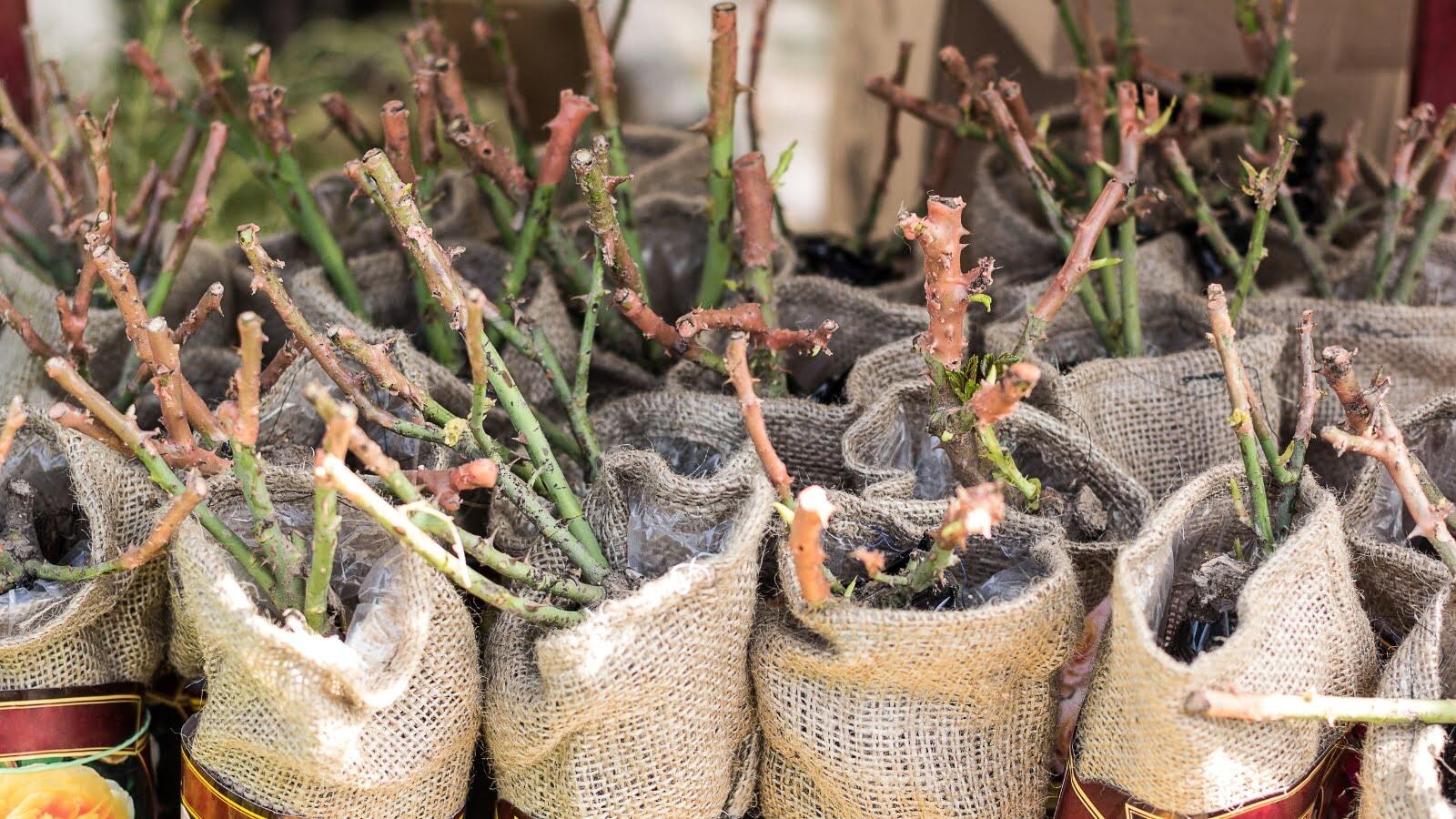


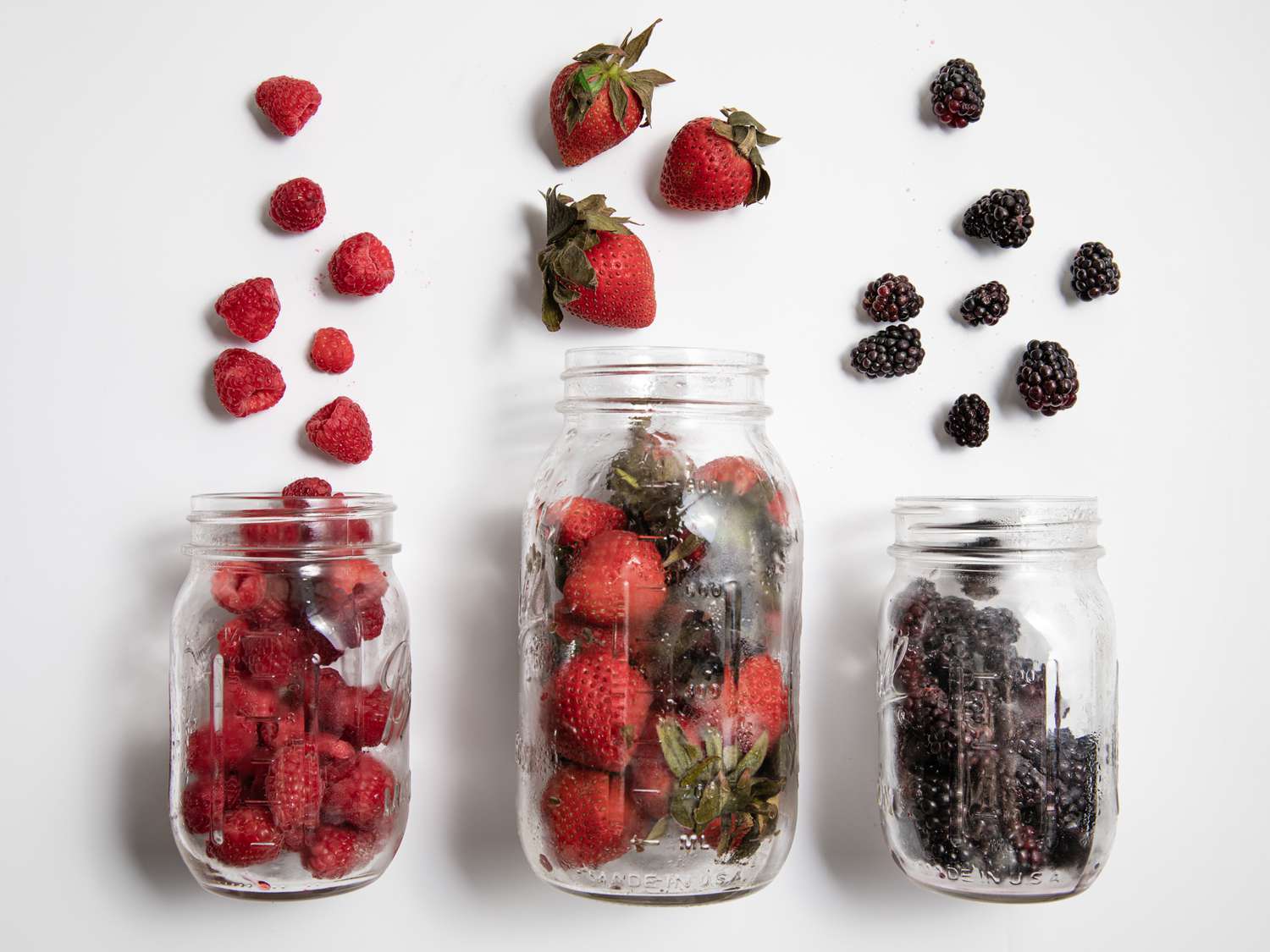
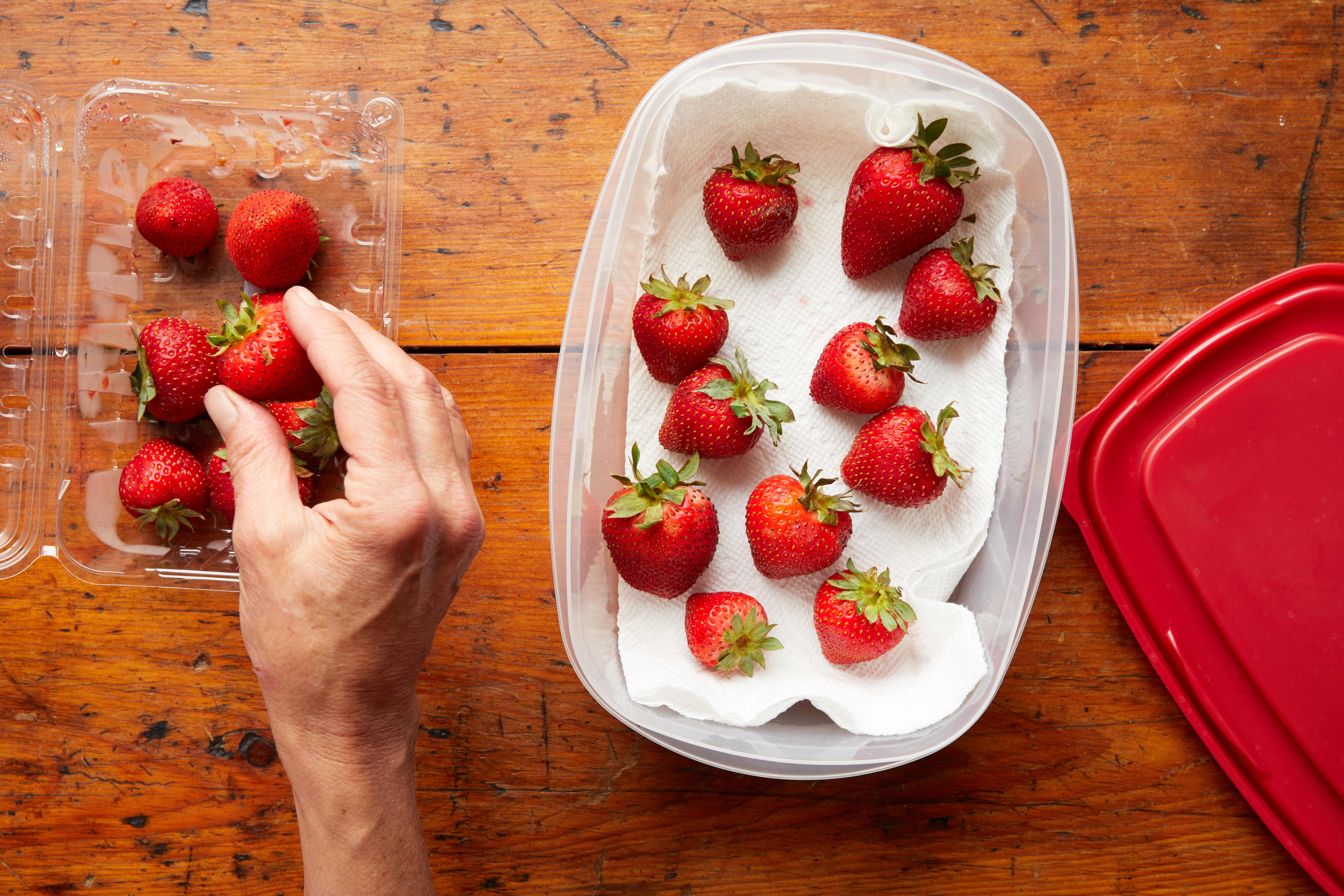
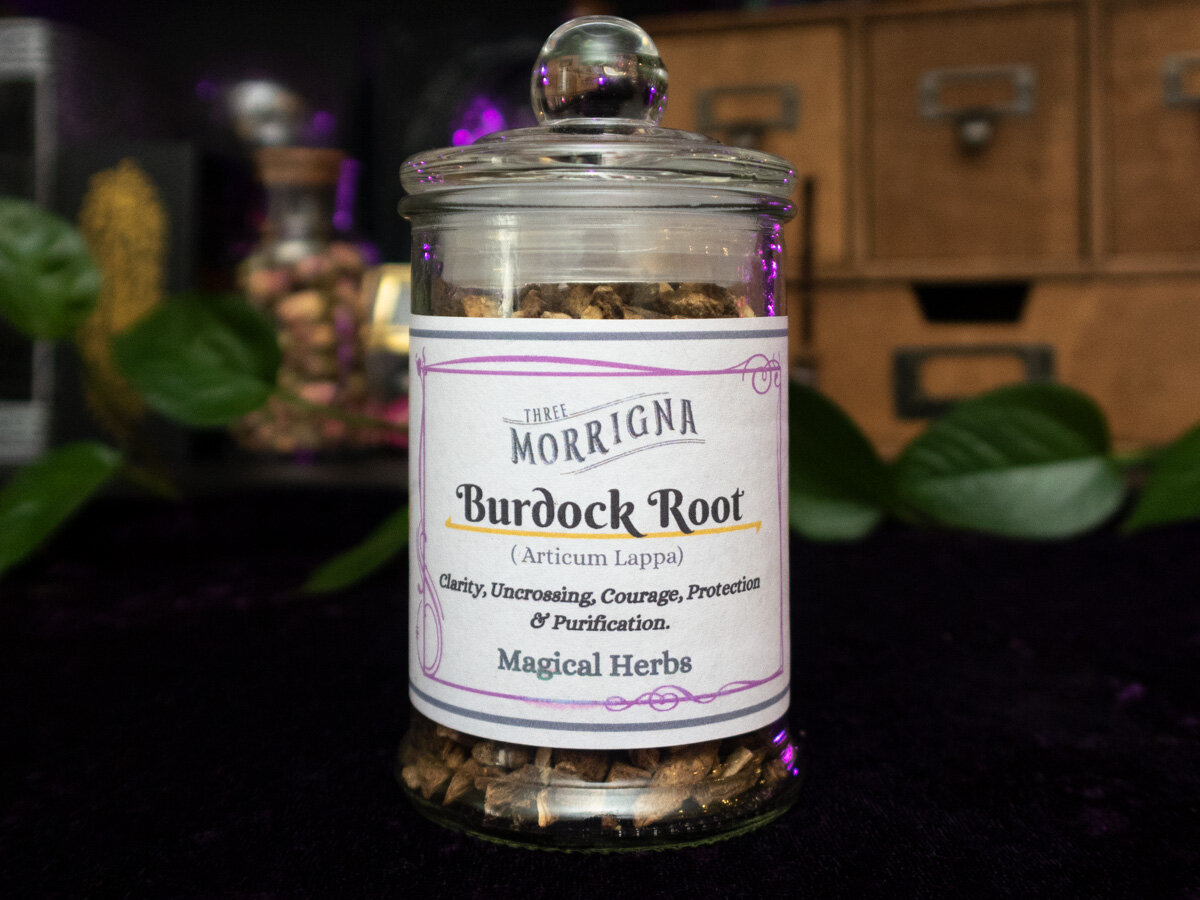

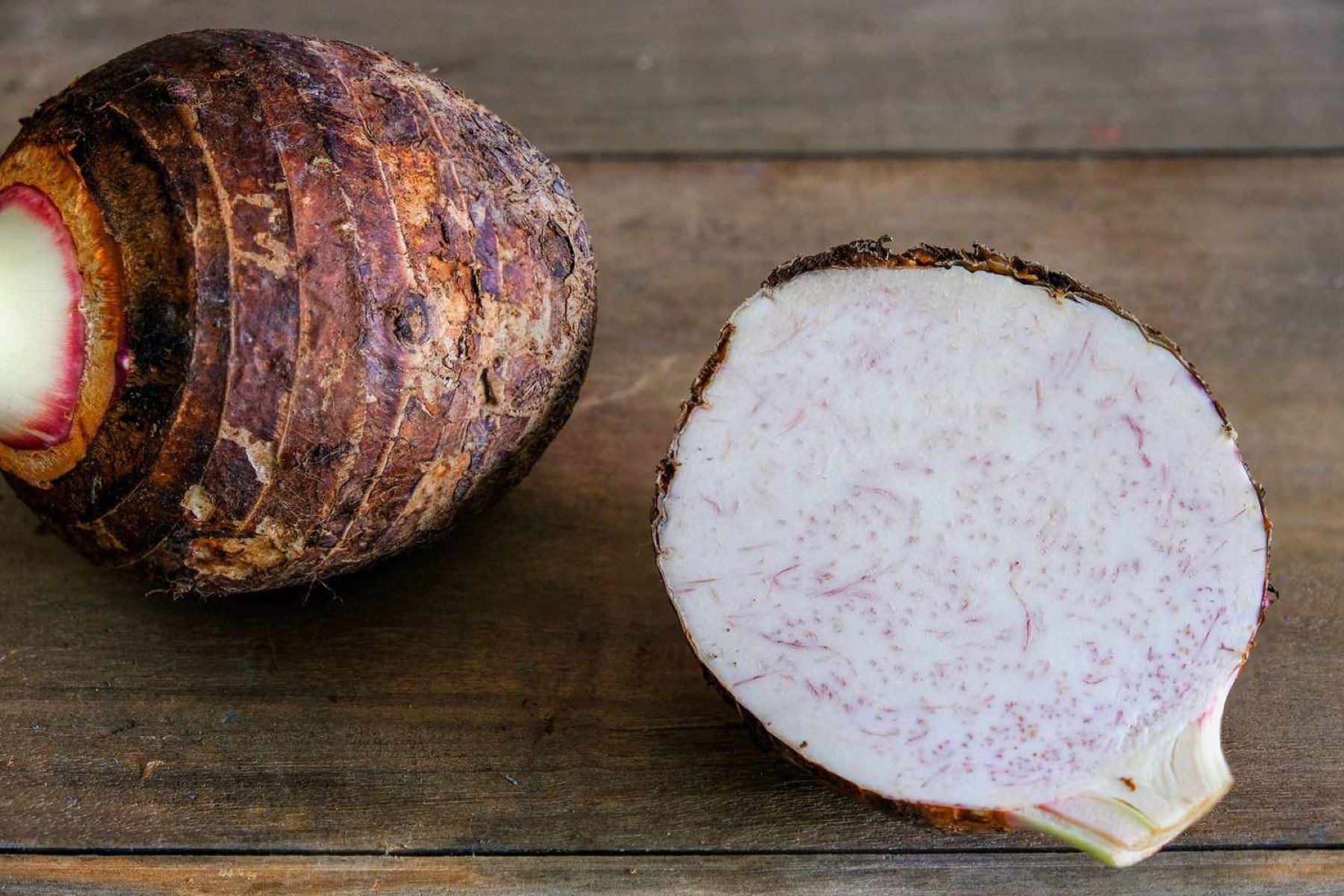
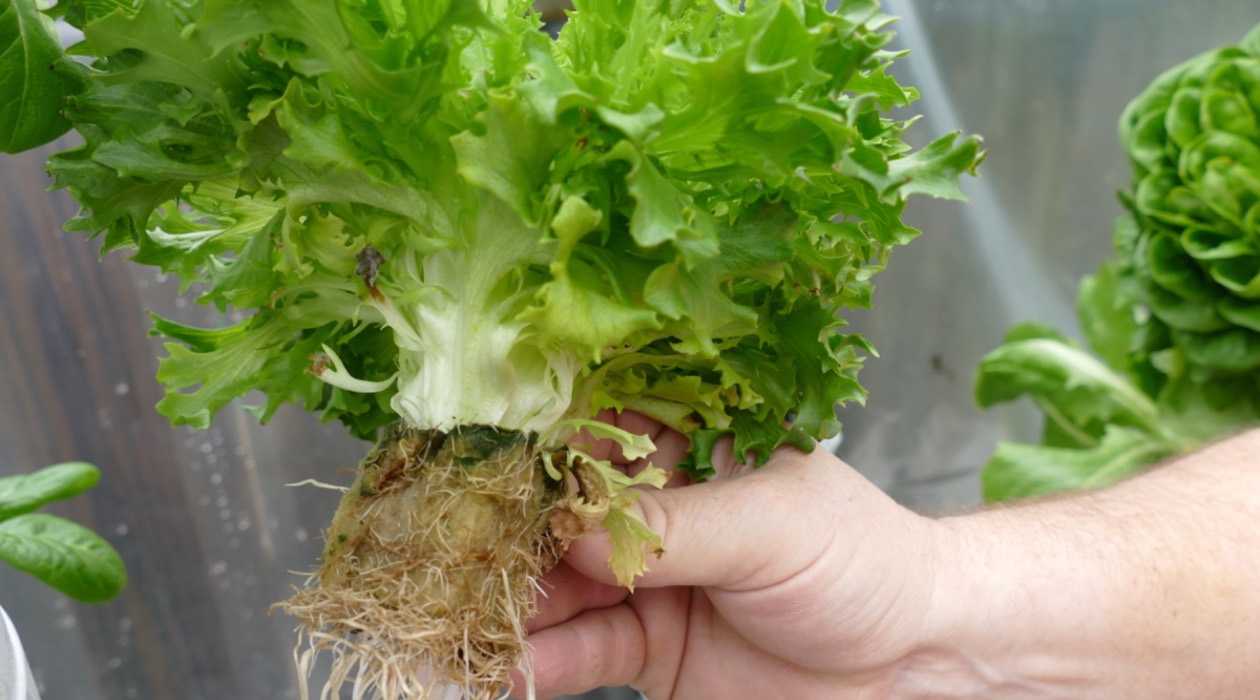
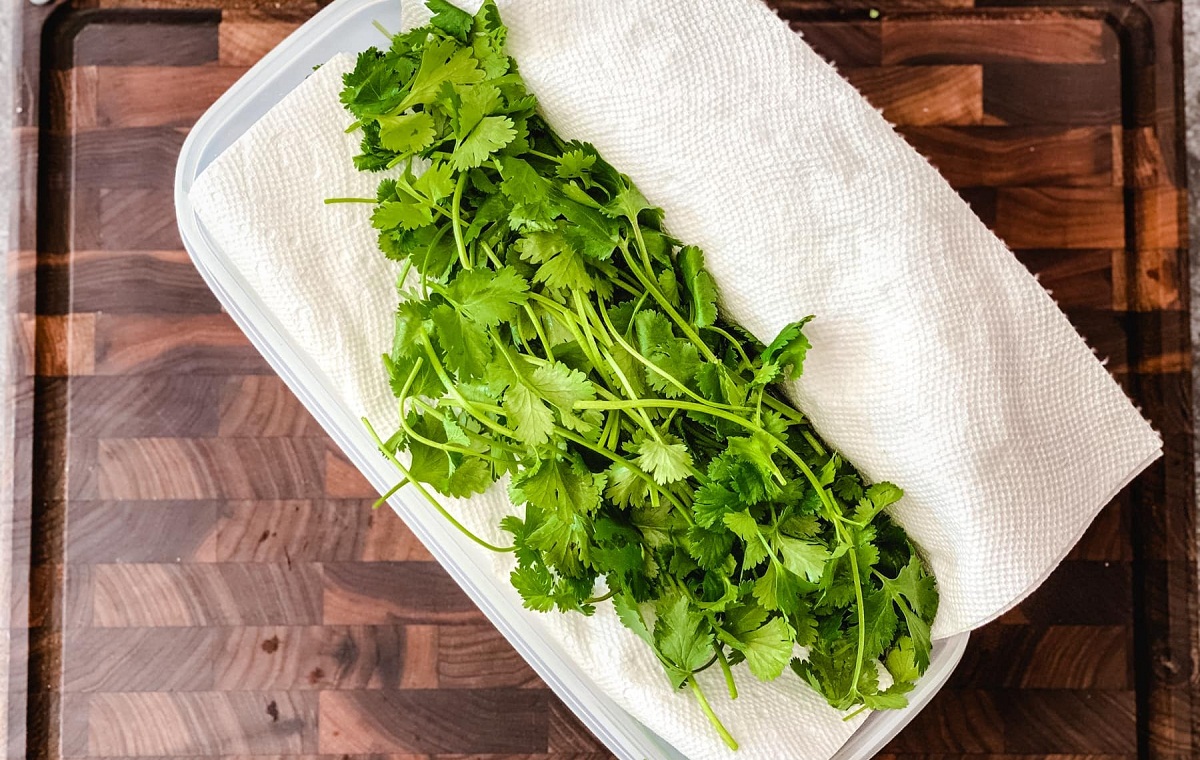
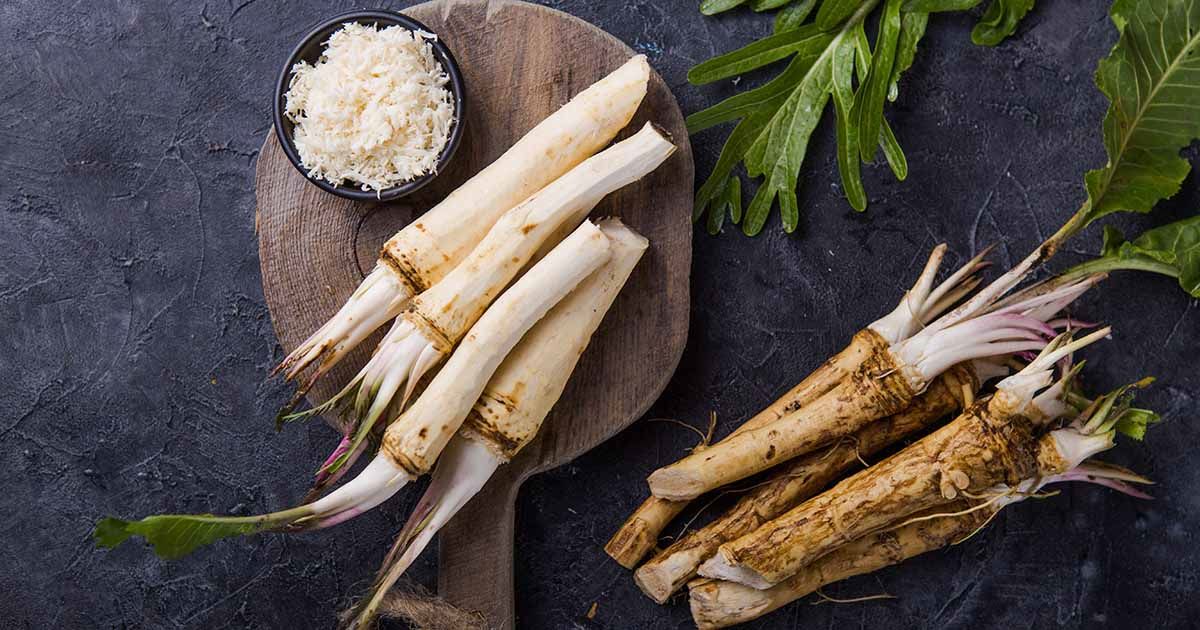
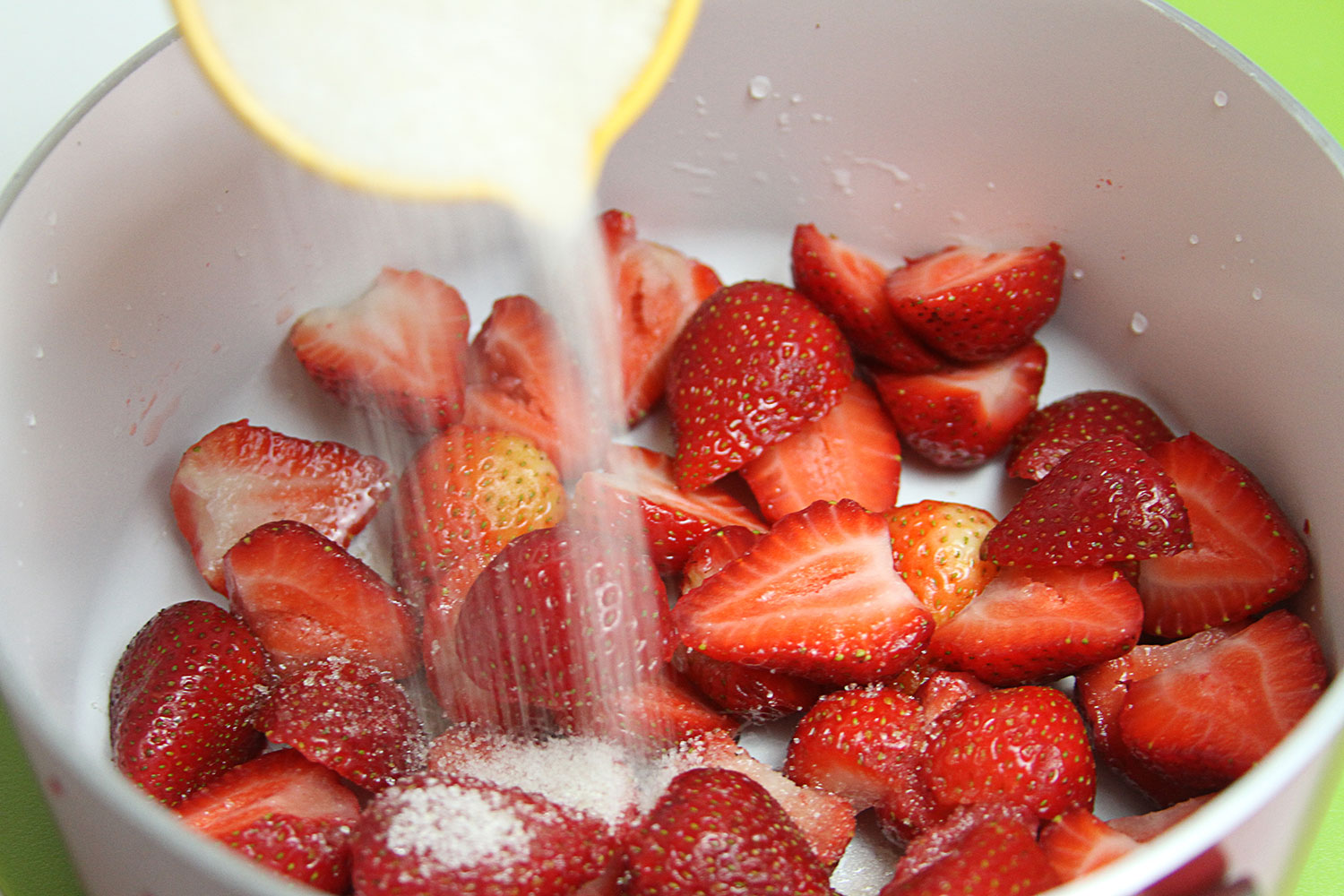
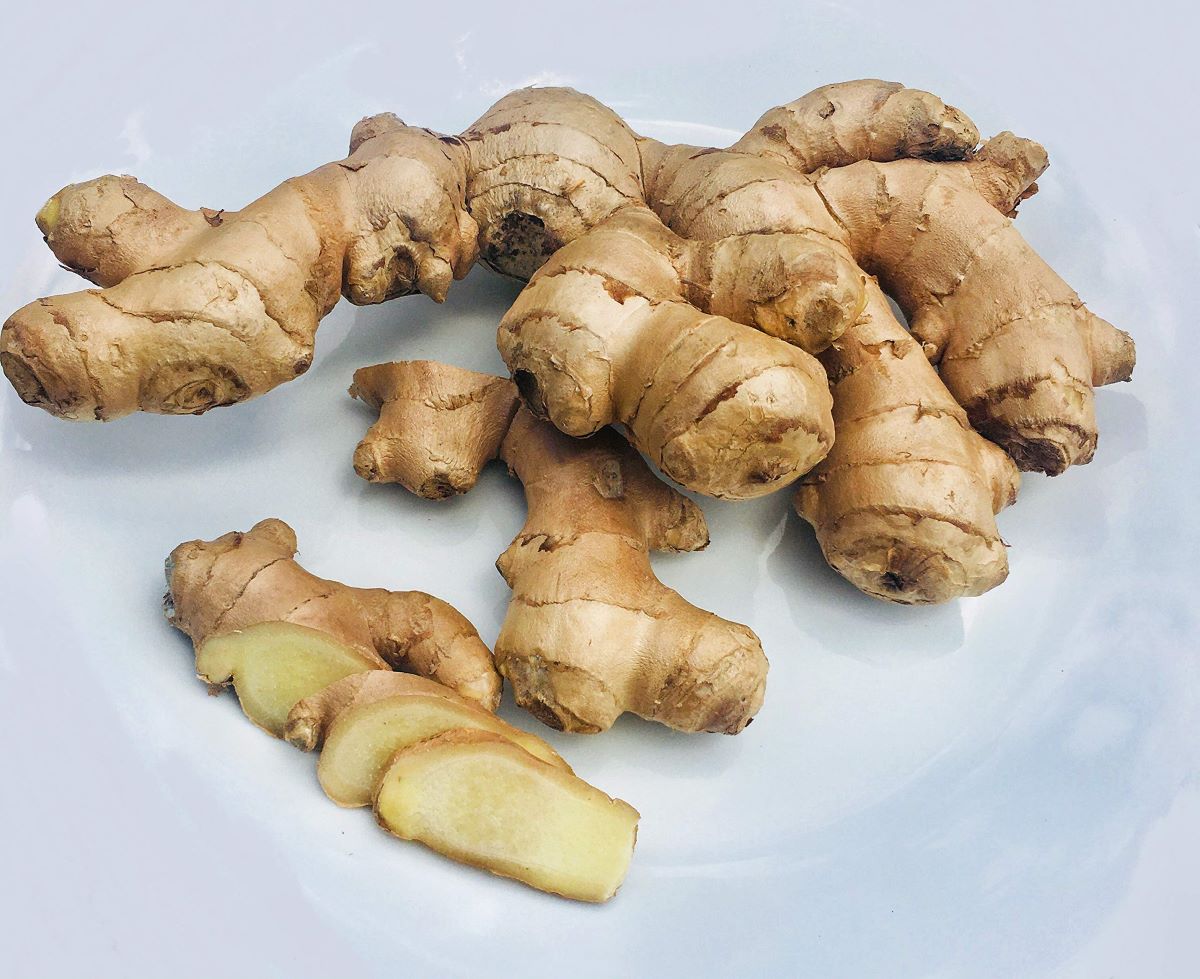

0 thoughts on “How To Store Bare Root Strawberries”